Maximizing Hydrogen Electrolyzer Efficiency
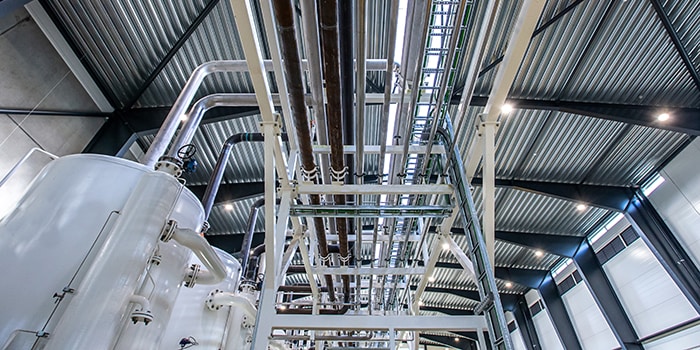
Optimize Hydrogen Electrolyzer Efficiency with High-Performance Fluid Systems
Hydrogen continues to gain traction as a low-carbon energy source with major potential. Here’s one point of evidence: The European Commission aims to produce 10 million tons and import 10 million tons of renewable hydrogen in the European Union by 2030.1 In China, the demand for electrolyzers was a little over 2GW in 2023, but that demand is projected to grow to 40GW by 2028.2
Bringing hydrogen into the mainstream as an energy source depends on increased capacity and reliable production. And achieving that starts at the heart of the hydrogen production facility with optimized electrolyzers. Electrolyzers do the important work of converting water and electricity into hydrogen and oxygen. To maximize electrolyzer efficiency and efficacy, the electrolyzer requires reliable delivery of water and effective outflow of the resulting hydrogen and oxygen gases.
That means the fluid systems that perform these functions are of critical importance when designing new hydrogen production facilities. Let’s take a closer look at how your fluid systems can make a major impact on the safety, productivity, and profitability of a hydrogen production facility.
What Are the Different Tyles of Hydrogen Electrolyzers?
In the hydrogen production space, there are two main types of electrolyzer designs:

Proton Exchange Membrane (PEM) Electrolyzers: PEM electrolyzers use a solid electrolyte rather than a liquid form to conduct electricity. PEM electrolyzers are generally more efficient, require less maintenance, and take up a smaller footprint than their AEL counterparts. However, PEM electrolyzers are more expensive to operate, as they require precious metals like platinum.
No matter which technology is deployed in your facility, robust fluid systems are required to handle and manage the inflow of water and the outflow of hydrogen and oxygen gases.
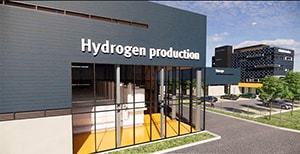
Dig Deeper into Hydrogen Production
Learn how Everfuel has taken on the challenge of “making hydrogen happen” with high-performing fluid systems for optimized hydrogen production and storage.
Leak Mitigation During Fluid System Installation
As a new hydrogen production facility moves toward startup, all critical fluid systems are subjected to factory acceptance testing (FAT). This process includes the inspection and equipment qualification testing of systems (or major components) conducted and documented at a supplier site. For hydrogen fluid systems, the process commonly involves flowing a benign test fluid (typically helium, a mix of helium with nitrogen, or a mix of hydrogen up to 5% with nitrogen) through the system at increasingly high pressures to determine the location and volume of any leaks.
Even small leaks as water flows into a hydrogen electrolyzer can lead to electrolyzer inefficiency. And as oxygen and hydrogen are processed out, leaks can lead to loss of valuable product and may potentially create a safety hazard. These problems also take time to fix. Minimizing leaks from the start through proper design can help set up a new hydrogen production facility for success.
If leaks are detected during FAT…
- The testing process must be shut down
- The system must be purged
- Operators must identify the leak points
- The leaks must be repaired via manual intervention
- The testing must be restarted

Notes from the Field
Ana Dominguez, Engineering Services Supervisor, Swagelok Company
“One of the most common reasons for leaks upon system startup is improper installation. That’s true in hydrogen production facilities and just about any facility where fluid systems are critical parts of operation. If hydrogen producers want to minimize costs during startup, installation training can make a big impact. Installers who are equipped with the right knowledge and best practices are more likely to avoid the types of errors that can lead to leaks. ”
All of this can lead to significant unplanned rework time and material costs before the plant is even up and running. To mitigate leaks and associated costs, it can be beneficial to take advantage of fluid system installation training. Following established best practices during installation can help avoid issues during startup testing and costly reworking of critical fluid systems.
Maintaining Clean Hydrogen Output
It is critical that the output gases from electrolyzers for hydrogen production reach the purity required for the end-use application, which is commonly above 99.9% purity. Maintaining this level of purity has as much to do with your outflow fluid systems as the electrolyzer itself.
This is a challenging proposition. High temperatures and high humidity levels inherent to the electrolysis process are conducive to the development of corrosion in lesser-quality stainless steel, which can contaminate H2 output as it travels from the electrolyzer to a storage tank. Corrosion is also a safety concern, as highly corroded tubes or fittings have greater potential for failure.
There are a few strategies you can deploy to maintain purity. High-quality gas grab sampling systems should be used to regularly analyze and monitor purity levels in your hydrogen outputs. Additionally, it’s important to be confident in your materials selection. High-quality stainless steels that contain higher concentrations of chromium and nickel than ASTM requirements can more ably resist corrosion and hydrogen embrittlement.
Maximizing Your Electrolyzer Productivity
Properly installed, high-quality inflow and outflow fluid systems can help hydrogen electrolyzers meet their full potential, helping you to maximize productivity.
Not only does leak-tightness help you avoid costly reworks during FAT, but it can also help prevent unforeseen maintenance issues and related downtime over the longer term. With reliable inflows and clean outflows, you can maintain process efficiency and lower your total cost of ownership over the life of the production facility. Which is even more reason to optimize your electrolyzer’s supporting fluid systems.
It is critical to select high-quality components and assemblies engineered specifically for hydrogen at the beginning of your production to help get your facility up and running faster, more safely, and positioned for long-term productivity. If you need assistance, reach out to a fluid system component provider with experience designing hydrogen systems.
Notes from the Field
Knut Marker, Technical Sales Advisor, Swagelok Norway
“Hydrogen production really is a new frontier. There’s no established blueprint for how to reliably and cost-effectively bring a new plant online. But we do know that hydrogen production depends on reliable fluid transfer—and that is a discipline with proven best practices that we can apply to help hydrogen plants minimize leaks, safety challenges, and maintenance issues. ”
Additional Articles for Hydrogen Production
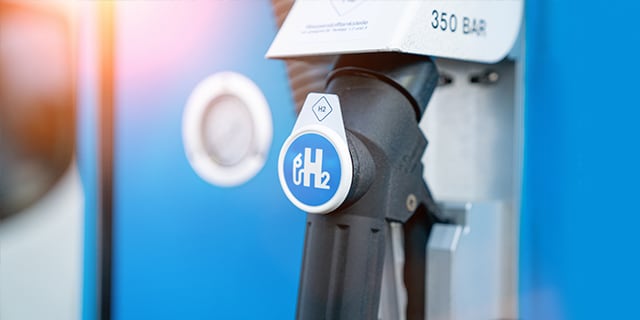
Safe, Reliable Hydrogen Handling: Find Out What It Takes
Hydrogen mobility requires the highest-quality components to meet the technology’s full potential. Here’s what you need to know to develop safe, reliable, and long-term hydrogen transportation solutions.
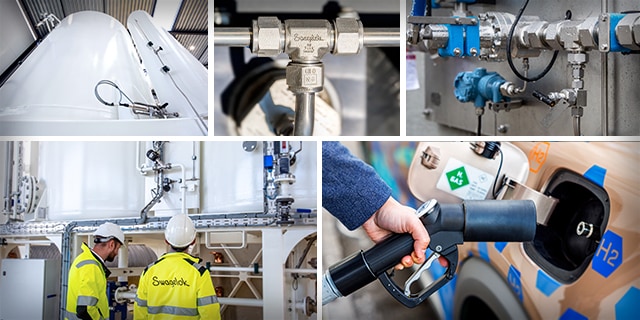
Top 5 Hydrogen Design Best Practices
As one of the most promising sources of clean energy, hydrogen is important—but building fluid systems to handle it requires specific knowledge and expertise. Learn critical, practical tips for designing hydrogen systems.
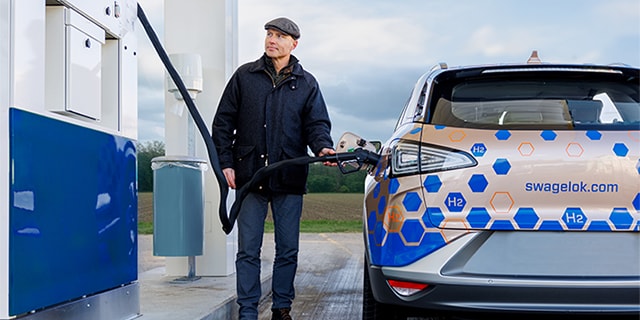
What to Look for in Hydrogen Valves
Valves are critical parts of hydrogen fluid systems. Learn what to look for in an ideal hydrogen valve and how it can contribute to safer, more reliable hydrogen transportation.

